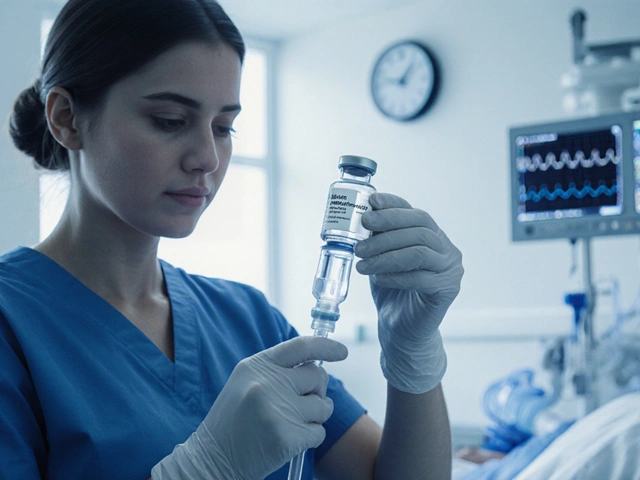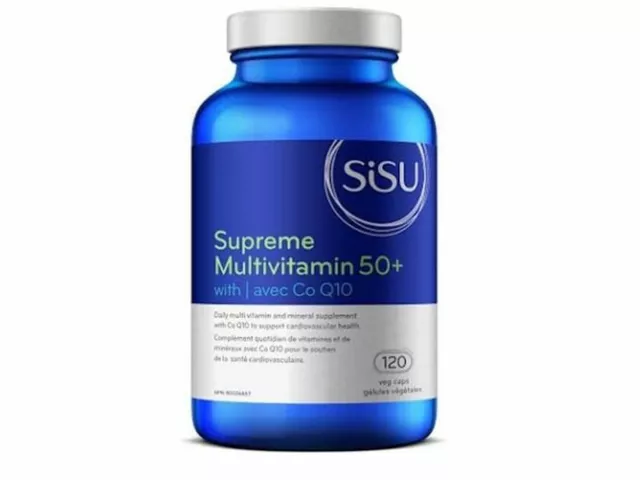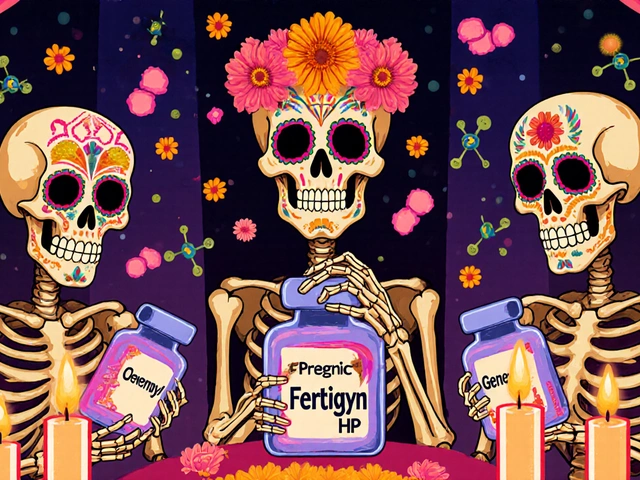Hormone Replacement Therapy: Practical Guide and What to Expect
Hormone replacement therapy (HRT) can change lives, but it’s not one-size-fits-all. If you’re thinking about estrogen, progesterone, or testosterone therapy, this page helps you know the basics, benefits, risks, and practical steps to talk with your doctor.
HRT is a medical treatment that restores hormones your body stops making in usual amounts. Women often use it for menopause symptoms like hot flashes, night sweats, mood swings, and vaginal dryness. Men may use testosterone replacement for low libido, fatigue, or muscle loss. Different forms exist: pills, patches, gels, injections, and implants. Choices matter for safety and results.
Benefits can be real. For many people HRT reduces hot flashes quickly, improves sleep, eases mood swings, and can protect bone density. Testosterone can restore energy and sexual drive in men with proven low levels. But benefits depend on correct diagnosis, proper dosing, and regular follow up.
Risks are real too. Estrogen-plus-progestin has links to blood clots and, in some studies, higher breast cancer risk when used long term. Unopposed estrogen can raise uterine cancer risk in people with a uterus. Testosterone can worsen sleep apnea or affect cholesterol. Your personal health history shapes the risk level.
How to decide? Start with tests. A simple blood test checks hormone levels and rules out other causes for symptoms. Discuss your goals, symptom relief, bone health, and sexual function. Ask about timing, since starting HRT near menopause often has different risk profiles than starting many years later. Bring a list of medications and family history of blood clots, heart disease, breast or prostate cancer.
Monitoring matters. After starting HRT, expect follow ups at three months, then yearly. Your doctor will check symptoms, side effects, blood pressure, and sometimes blood tests. Report new symptoms like chest pain, leg swelling, sudden headaches, or visual changes immediately.
Practical tips for safer use:
Use the lowest effective dose for the shortest time that meets your goals.
Consider local options for vaginal dryness to avoid systemic exposure.
If you smoke, quit before starting HRT because smoking raises clot risk.
Ask about non-hormonal options if you have high cardiovascular risk.
Alternatives and complements include lifestyle steps: weight-bearing exercise for bones, sleep hygiene for night sweats, cognitive behavioral therapy for mood and sleep, and certain antidepressants that help hot flashes. Over-the-counter vaginal moisturizers and lubricants also help.
If you’re shopping online, be careful. Only use licensed pharmacies and valid prescriptions. Fake products can be dangerous.
Want specific articles? Browse our posts on menopause treatments, testosterone replacement, medication safety, and how to find validated online pharmacies. Read, ask questions, and make choices with a clinician who knows your history.
Quick FAQ: Can I stop HRT suddenly? You should not stop without talking to your doctor, tapering is often advised. How long will benefits last? Some improve within weeks, others need months. Is HRT covered by insurance? Coverage varies; check your plan and ask for prior authorization if needed. Start with questions, keep records, and adjust treatment with medical guidance.
Talk with your provider today. Now.

Compare Conjubrook with other estrogen therapies, covering benefits, side effects, costs, and how to choose the right option for menopause relief.
Chris Gore Oct 14, 2025
Premarin is a well-known hormone replacement therapy used to manage menopause symptoms. This article explores how Premarin works, who can benefit from it, common side effects, and non-hormonal alternatives available today. You'll find practical advice, fascinating facts, and tips for talking to your doctor about hormone medicines. Learn what recent studies and real patients have experienced with Premarin and HRT.
Chris Gore Jun 13, 2025




